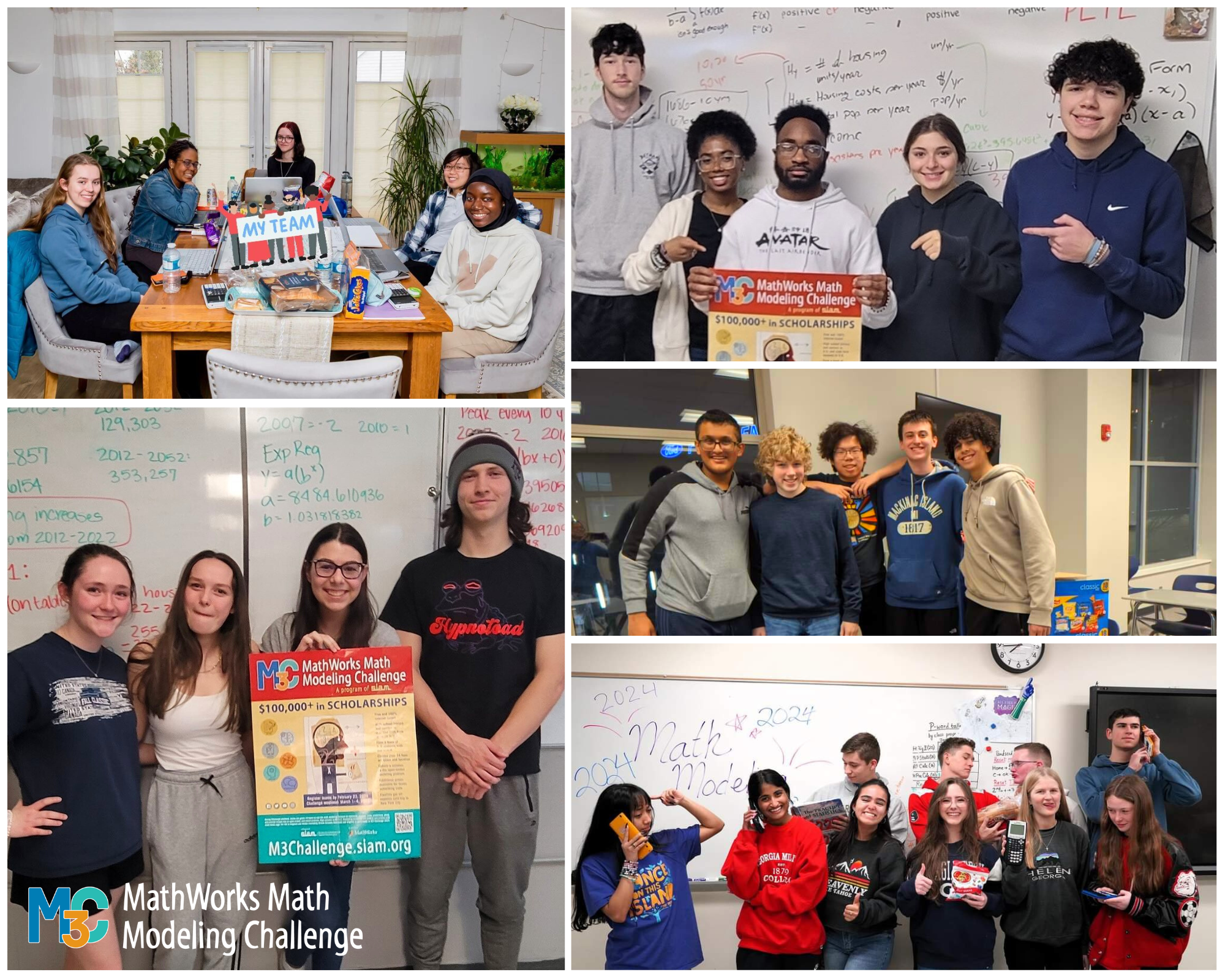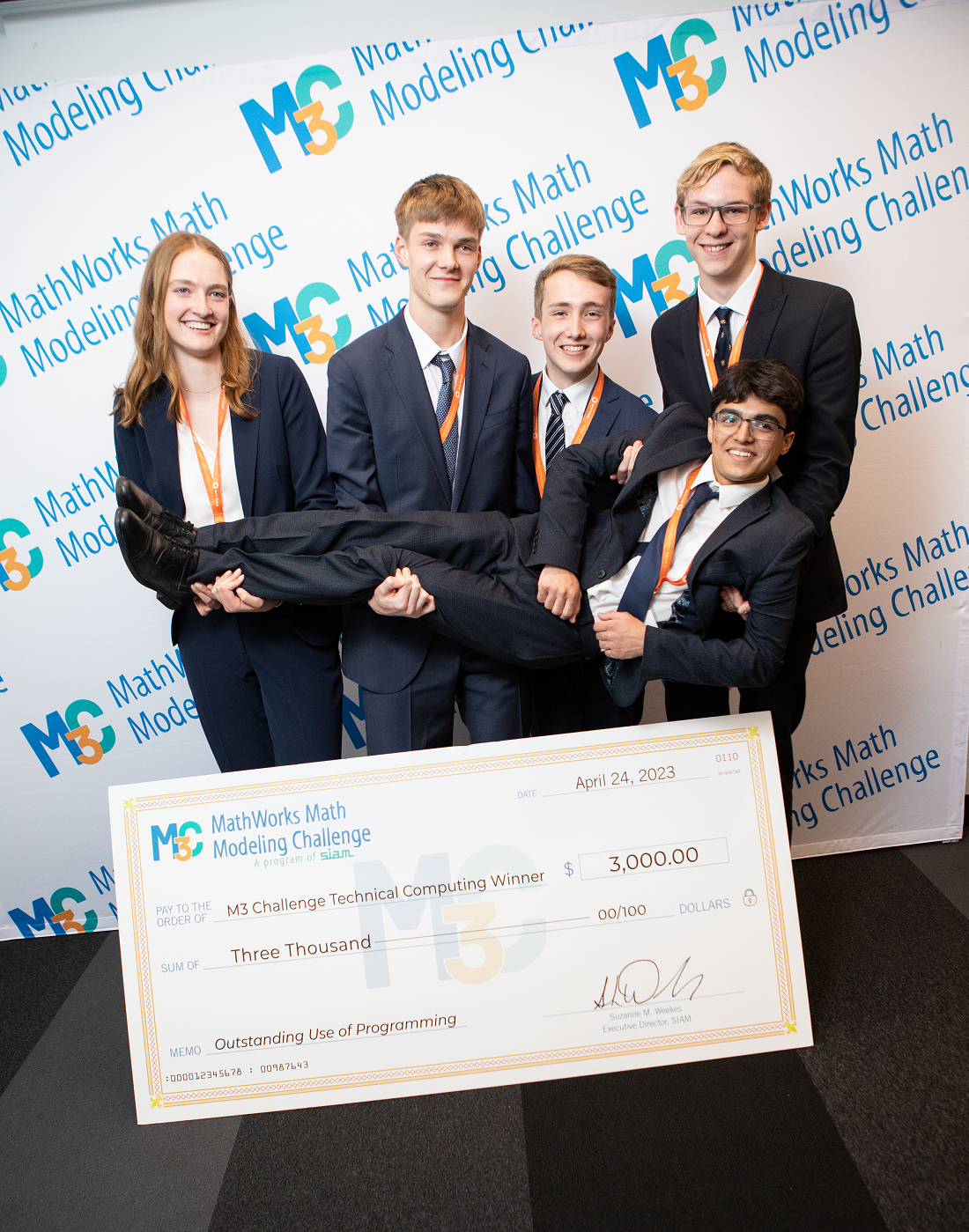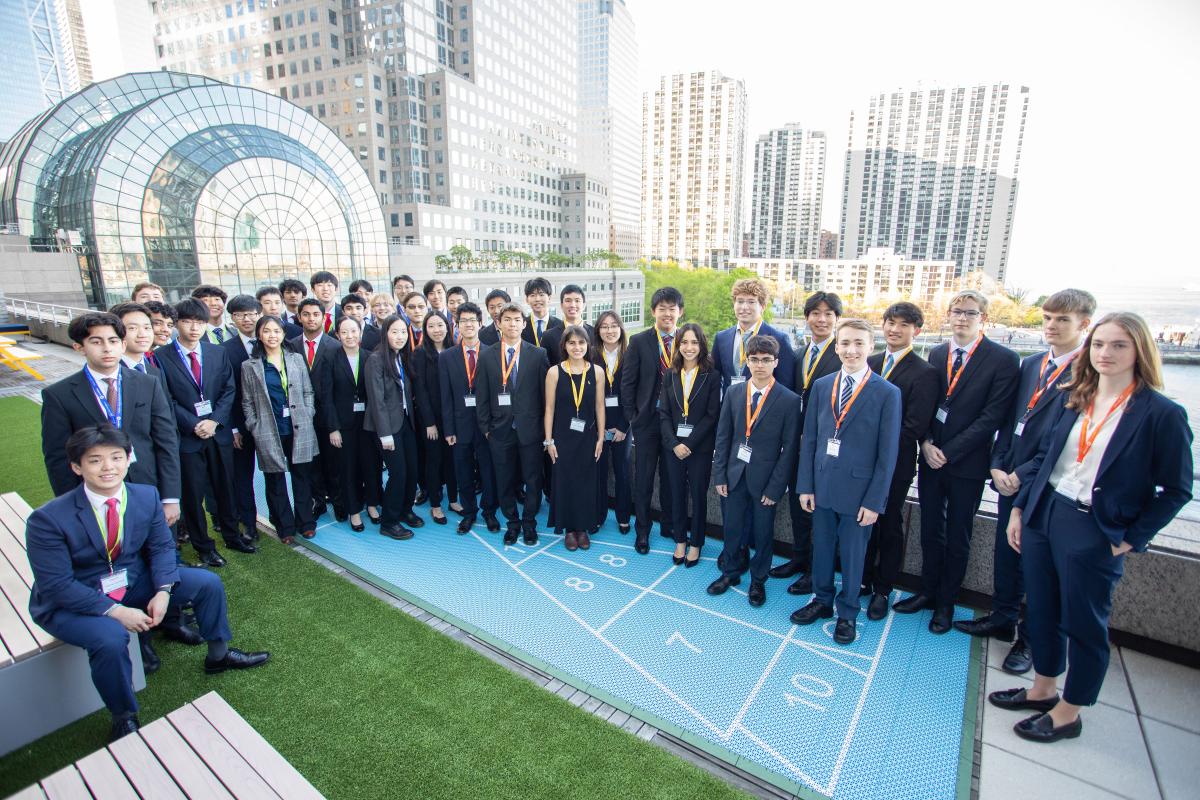Judge Commentary
This year’s Moody’s Mega Challenge (M3) required teams to analyze the replacement of a percentage of gasoline used in transportation with ethanol. Five specific questions were asked:
- How much ethanol is needed to replace 10% of annual U.S. gasoline usage?
- What effect will this fuel substitution have on carbon dioxide emissions?
- Is corn-derived ethanol a cost-efficient way of producing fuel?
- Estimate the effect of this policy on grain prices and developing nations over the next five years.
- Are there better ways for the U.S. to attain national energy independence?
Since M3 is a mathematical modeling contest, teams of contestants were expected not only to provide good arguments for their answers to the questions posed, but to develop mathematical models that support their arguments.
Given the open-ended nature of the questions, teams presented a wide variety of approaches to the solutions and answers.





